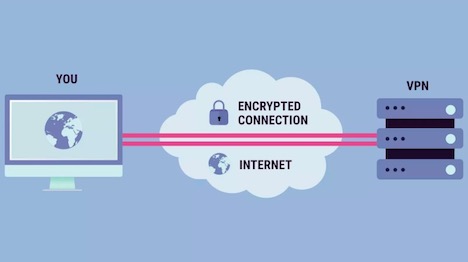


Of course, you can’t use a package manager with it, because that just brings back uncertainty about what will end up installed on your system, which would defeat the whole purpose, so once you’ve built an LFS system, you’re kind of committed to building all subsequent software from source. And yes, the instructions are well tested, and you can successfully build an OS this way. It even has you do two builds of gcc – the second is built by the first, to ensure that whatever compiler your starting system has doesn’t infect the one you’re going to use for real.

configure make make install doesn’t work. There is a guide called “Linux From Scratch”, that instructs you where to go to download the source for each package needed for a “complete” Linux system, then details what special procedures you have to do in order for each of them to build successfully, for those packages where. Posted in Network Hacks Tagged freepn, OpenSource, tor, vpn Post navigation

But for some people, a VPN is a political necessity. For many of us, a VPN is just an extra layer of security, or a way to watch TV that is only available in another country. We’ve noted before that truly secure networking can be hard to accomplish. If this works well and can support more platforms, it could be a good thing for online privacy and protection. We weren’t clear on how you could set this up for some possible use cases, but there appears to be a fledgling support group on Reddit. Is this a better answer than TOR? We don’t know. IPv6 packets are dropped, unless you configure it to pass without VPN. In addition, the page notes that they only route http(s) traffic and, optionally, DNS traffic. Peers are randomly connected on startup and reconnected to new (random) peers as needed. The FreePN network daemon (fpnd) is a P2P implementation of a distributed virtual private network (dVPN) that creates an anonymous “cloud” of peers where each peer is both a client node and an exit node. Digging into the fpnd README told us most of the features we hoped to find on the main page (but didn’t): The code is on GitHub, so all questions are in theory answerable. Windows, iOS, MacOS, and Android versions are promised for the future. There is a way to ask for early access for Debian, Fedora, and Arch. Right now, you can download for Ubuntu and Gentoo. FreePN is a relatively new open source project that aims to build a free peer-to-peer VPN network. However, for many people it is synonymous with hiding your network traffic, one thing that VPN can do. People use a VPN - virtual private network - for a lot of reasons.


 0 kommentar(er)
0 kommentar(er)
